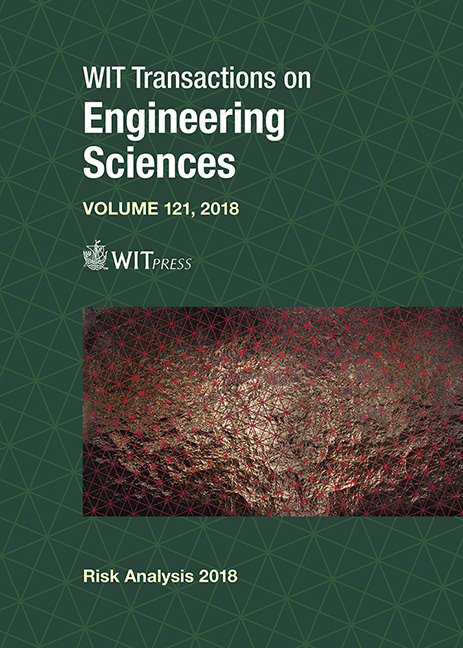UNDERSTANDING AND HEDGING NATURAL CATASTROPHE RISK IN A CHANGING ENVIRONMENT: A (RE)INSURANCE PERSPECTIVE
Price
Free (open access)
Transaction
Volume
121
Pages
12
Page Range
161 - 172
Published
2018
Paper DOI
10.2495/RISK180141
Copyright
WIT Press
Author(s)
GERO W. MICHEL
Abstract
Relatively low frequencies of major atmospheric catastrophic events with high insurance penetration have left insurers and reinsurers in profit over the last decade despite falling insurance rates and climate change. Namely reinsurers, i.e. those companies that globally diversify risk and insure insurers, have enjoyed: 1) an unprecedented drought of landfalling hurricanes; 2) low activity in devastating extratropical storms in Europe; and 3) low loss activity from Japanese typhoons. This last decade of moderate losses was only interrupted by this year’s hurricane activity with HIM (Harvey, Irma, and Maria) creating insured losses of around USD 100 bn – less than half of the losses that were expected over the last decade. Fuelled by low dividends in the capital market and high non-correlating returns from insurance, investors decided to participate directly in the reinsurance market, i.e. changed their earlier strategy by pushing capital into insurance risk rather than insurance companies. Although having started (on a very small flame) as early as the mid-1990s, this ILS (insurance linked securities) market has exploded recently by adding a growing amount of currently 20% to the existing reinsurance capital. Investors for these ILS products include pension and hedge funds, fund managers, private capital, among others. 2% of the assets managed by pension funds alone could replace the global (re)insurance capital herewith making it possible, if not very likely, that natural catastrophe (re)insurance risk will be managed differently in the foreseeable future. This paper deals with catastrophe risk in the insurance market as well as risk assessment and hedging in an environment that is both changing in terms of hazard and vulnerability but also in its means to assess, assume and trade risk. These changes may bear unprecedented opportunities but also significant threats.
Keywords
insurance, reinsurance, risk management modelling, risk modelling, portfolio optimization, portfolio management, hedging, regulation





